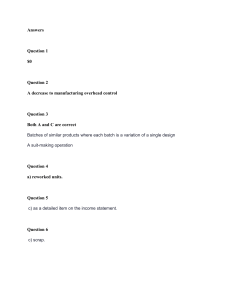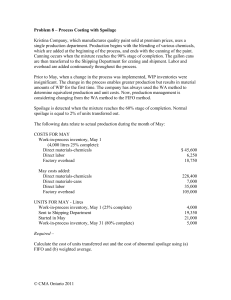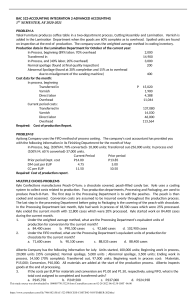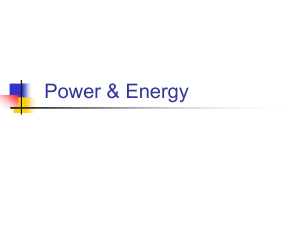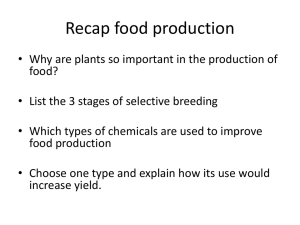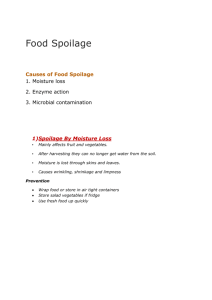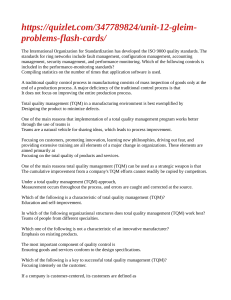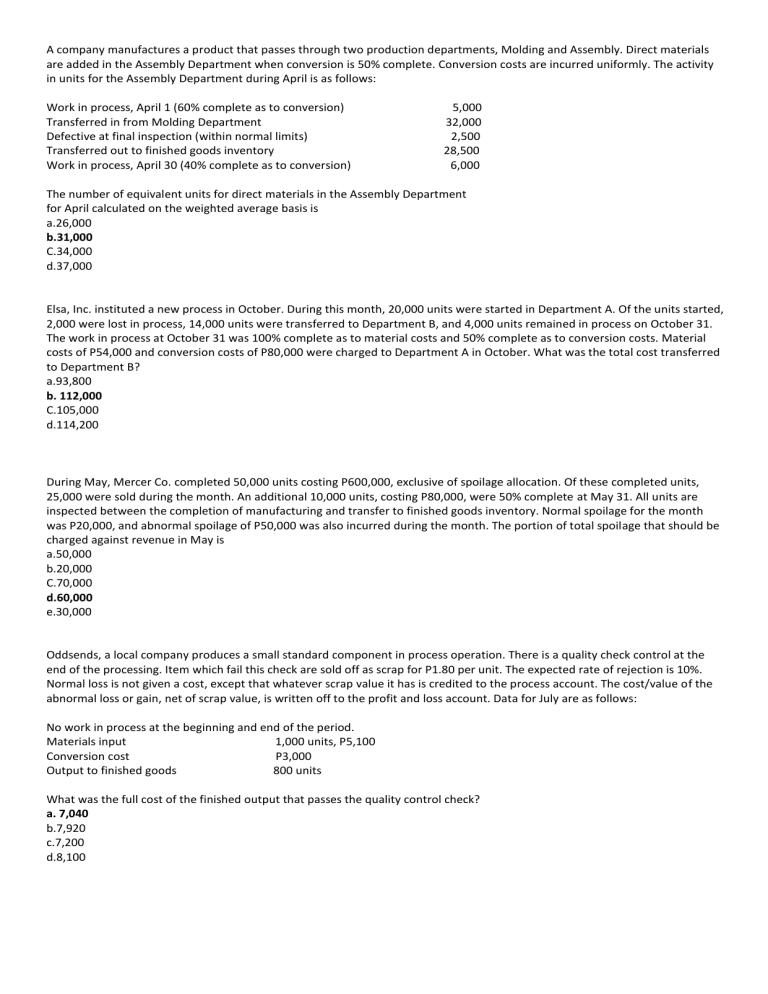
A company manufactures a product that passes through two production departments, Molding and Assembly. Direct materials are added in the Assembly Department when conversion is 50% complete. Conversion costs are incurred uniformly. The activity in units for the Assembly Department during April is as follows: Work in process, April 1 (60% complete as to conversion) Transferred in from Molding Department Defective at final inspection (within normal limits) Transferred out to finished goods inventory Work in process, April 30 (40% complete as to conversion) 5,000 32,000 2,500 28,500 6,000 The number of equivalent units for direct materials in the Assembly Department for April calculated on the weighted average basis is a.26,000 b.31,000 C.34,000 d.37,000 Elsa, Inc. instituted a new process in October. During this month, 20,000 units were started in Department A. Of the units started, 2,000 were lost in process, 14,000 units were transferred to Department B, and 4,000 units remained in process on October 31. The work in process at October 31 was 100% complete as to material costs and 50% complete as to conversion costs. Material costs of P54,000 and conversion costs of P80,000 were charged to Department A in October. What was the total cost transferred to Department B? a.93,800 b. 112,000 C.105,000 d.114,200 During May, Mercer Co. completed 50,000 units costing P600,000, exclusive of spoilage allocation. Of these completed units, 25,000 were sold during the month. An additional 10,000 units, costing P80,000, were 50% complete at May 31. All units are inspected between the completion of manufacturing and transfer to finished goods inventory. Normal spoilage for the month was P20,000, and abnormal spoilage of P50,000 was also incurred during the month. The portion of total spoilage that should be charged against revenue in May is a.50,000 b.20,000 C.70,000 d.60,000 e.30,000 Oddsends, a local company produces a small standard component in process operation. There is a quality check control at the end of the processing. Item which fail this check are sold off as scrap for P1.80 per unit. The expected rate of rejection is 10%. Normal loss is not given a cost, except that whatever scrap value it has is credited to the process account. The cost/value of the abnormal loss or gain, net of scrap value, is written off to the profit and loss account. Data for July are as follows: No work in process at the beginning and end of the period. Materials input 1,000 units, P5,100 Conversion cost P3,000 Output to finished goods 800 units What was the full cost of the finished output that passes the quality control check? a. 7,040 b.7,920 c.7,200 d.8,100 In its April production, Hern Co. which does not use a standard costing system incurred total production costs of P900,000, of which Hern attributed P60,000 to normal spoilage and P30,000 to abnormal spoilage. Hern should account for this spoilage as a.Period cost of P90,000. b. Inventoriable cost of P90,000. c.Period cost of P60,000 and inventoriable cost of P30,000. d.Period cost of P30,000 and inventoriable cost of P60,000. The following information is available for Kingscup Co. for the month of May: Started this month Beginning work in process (40% complete) Normal spoilage (discrete) Abnormal spoilage Ending work in process (70% complete) Transferred out Beginning work in process - Costs: Materials Conversion Costs this month: Materials Conversion 80,000 units 7,500 units 1,100 units 900 units 13,000 units 72,500 units P 10,400 13,800 P 120,000 350,000 All materials are added at the start of the process and the inspection point is at the end of the process. 1. What are the equivalent units of production for materials using FIFO? a. 80,000 b. 79,200 C. 2. What are the equivalent units of production for conversion costs using FIFO? a.79,700 b. 79,500 c.81,100 d. 80,600 3. What are the equivalent units of production for materials using weighted average? a.86,600 b.87,500 c.86,400 d. 85,500 4. What are the equivalent units of production for conversion costs using weighted average? a. 83,600 b. 82,700 c. 82,500 d. 81,600 5. What is the cost per equivalent unit for materials using FIFO? a. 1.63 b. 1.37 c. 1.50 d. 1.56 6. What is the cost per equivalent unit for conversion using FIFO? a. 4.00 b. 4.19 c. 4.34 d. 4.38 7. What is the cost per equivalent unit for weighted average? a. 1.49 b. 1.63 c. 1.56 d. 1.44 8. What is the cost per equivalent unit for conversion costs using weighted average? a.4.19 b.4.41 C.4.55 d.4.35 9. What is the cost assigned to ending inventory using FIFO? a.75,920 b.58,994 C.56,420 d.53,144 10. What is the cost assigned to abnormal spoilage using FIFO? a. 1,350 b. 3,906 C.5256 d.6,424 11. What is the cost assigned to normal spoilage and how is it classified using weighted average? a. 6,193 allocated between WIP and transferred out. b. 6,424 assigned to units transferred out c. P6,193 assigned to loss account. d. P6,424 assigned to loss account. 12. What is the total cost assigned to goods transferred out using weighted average? a. 435,080 b. 429,824 C.428,656 d.423,400
